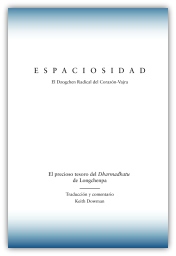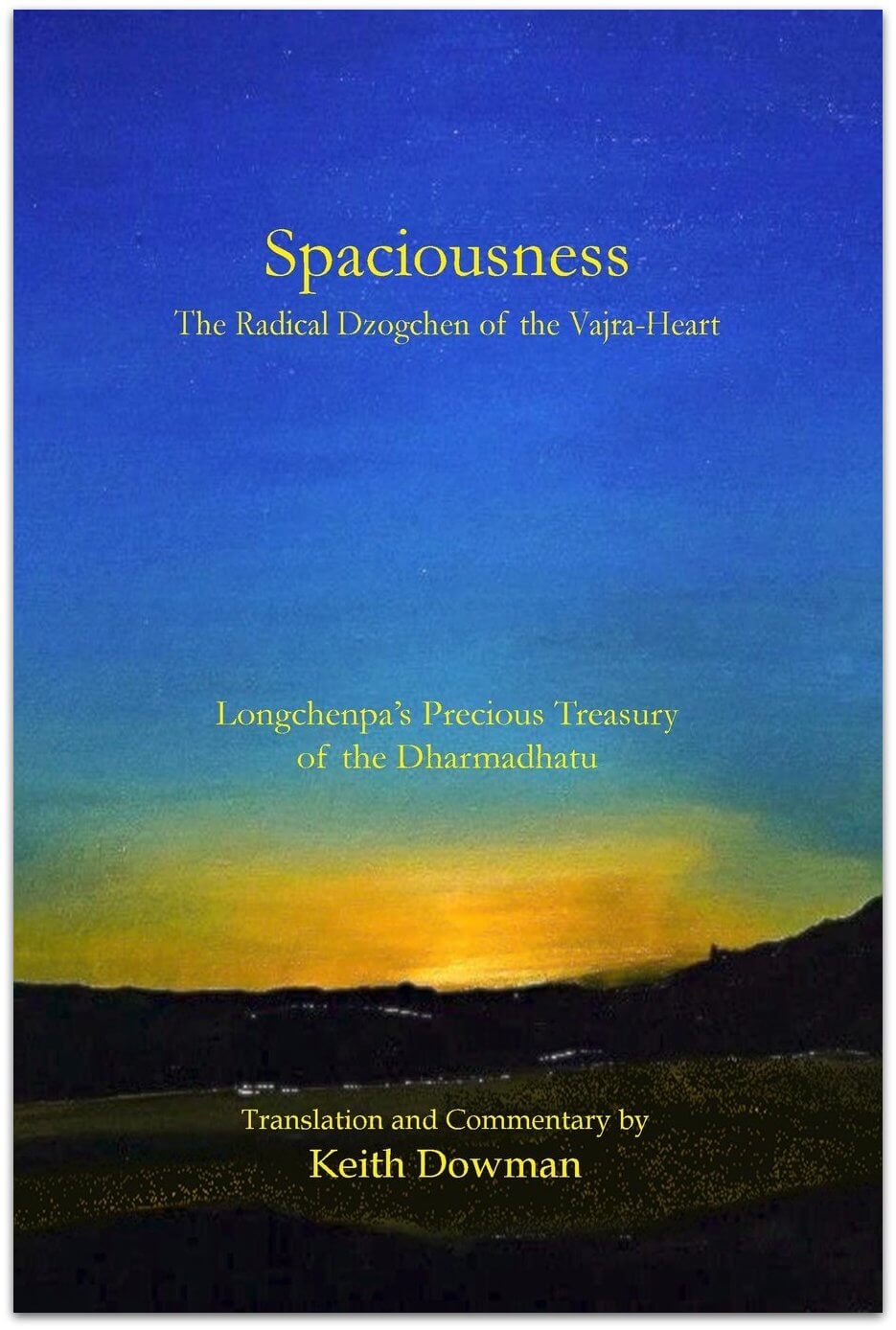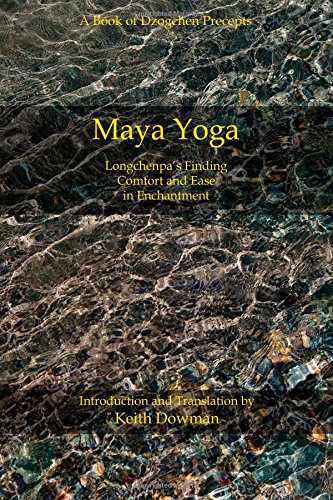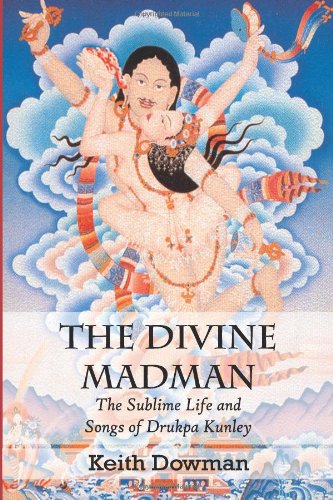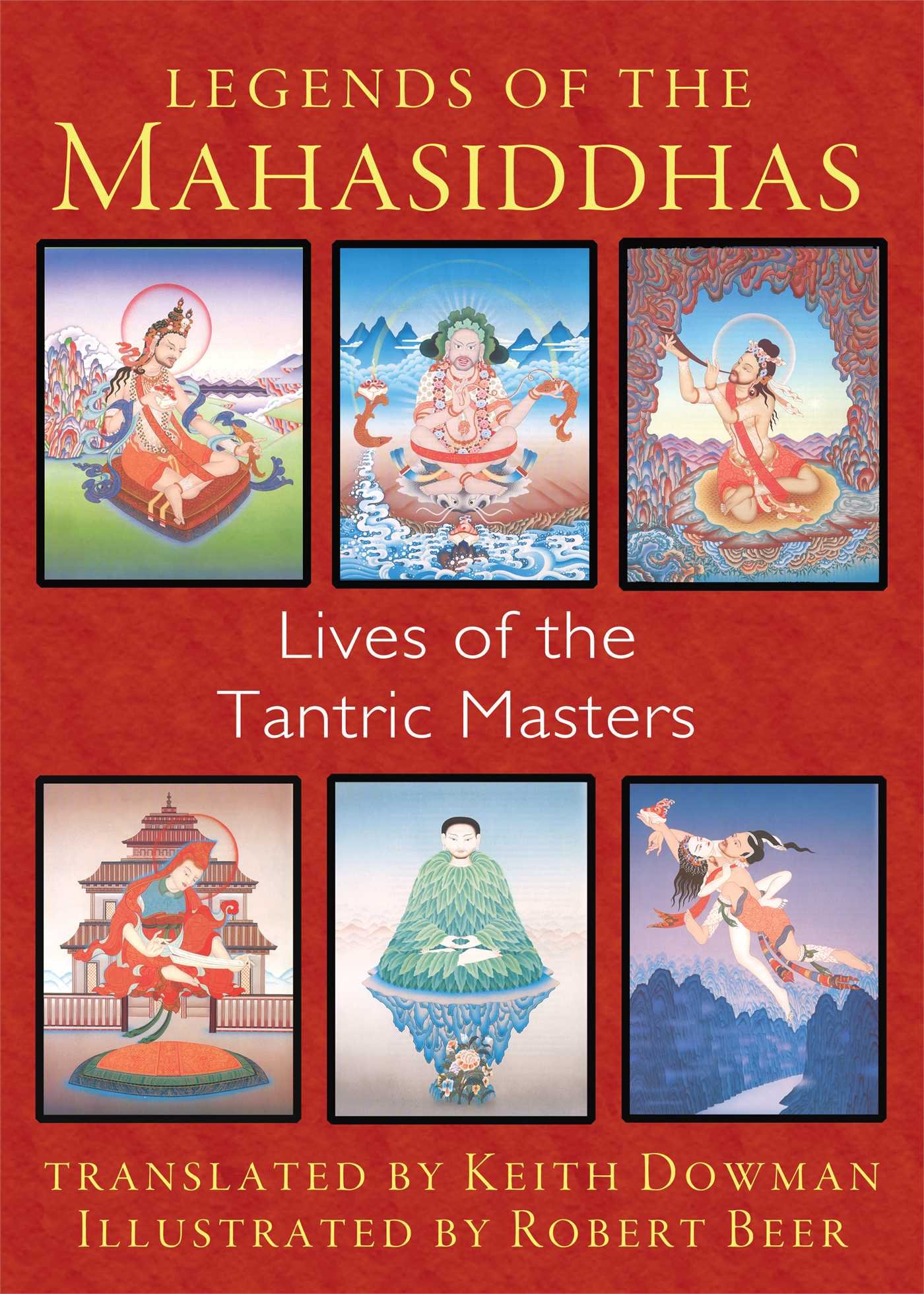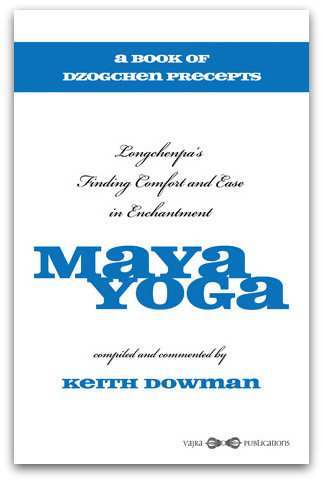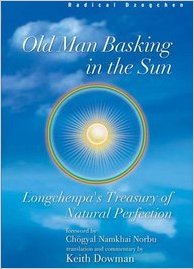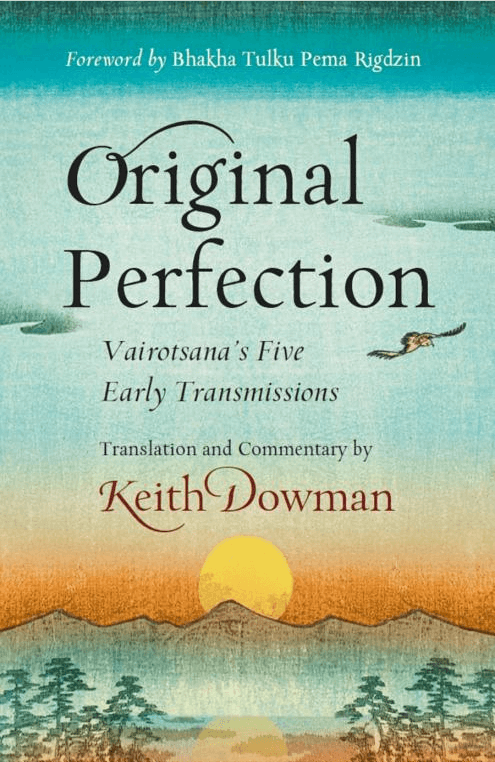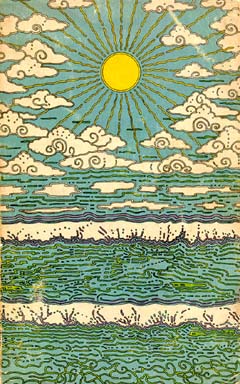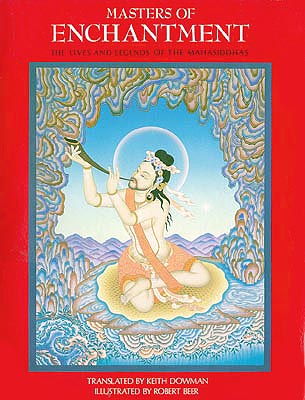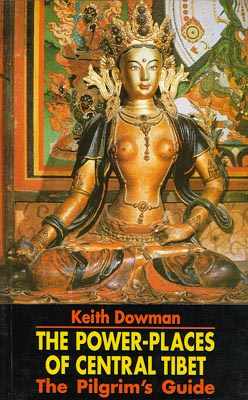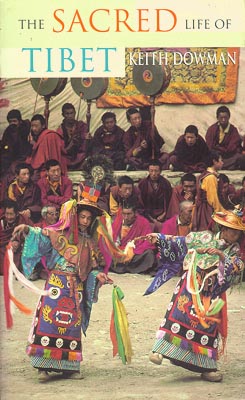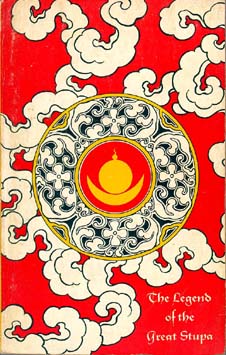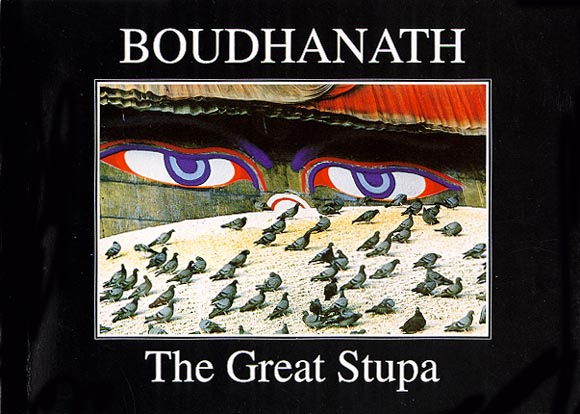The Mythology of the Lotus-Born
Translation and Commentary by Keith Dowman
Guru Pema is Padmasambhava, the wandering tantric yogin from Orgyen who became Tibet’s Great Guru. To his disciples he was the Lotus Born and, later, to his followers, he became Guru Rimpoche, the precious guru-buddha who resides in our heart center. Identical to the nature of mind, he emanates tulkus to demonstrate Dzogchen, the Great Perfection. In this ground-breaking work Keith Dowman brings the guru-myths and the means of invoking Guru Pema together with an analysis that provides immediate contemporary meaning.
Some readers will consider the core of the book to be the mythic truths revealed in the lives of Guru Rimpoche described in the Zanglingma, a treasure-text of Nyangrel Nyima Wozer. Others will look at The Seven Line Prayer as the essence because Mipham Namgyel’s commentary provides the secret means to personal attainment of union with Guru Rimpoche.
In a way similar to that in which Mipham elucidates the hidden meanings of The Seven Line Prayer, exposing thereby the treasures hidden in a common prayer, hitherto taken at face value, so the extensive introduction written in Keith Dowman’s inimitable style and perspective, brings Padmasambhava into the twenty-first century and actually verbalizes what we have hitherto only surmized.
The guru-myths are presented as code describing ...


